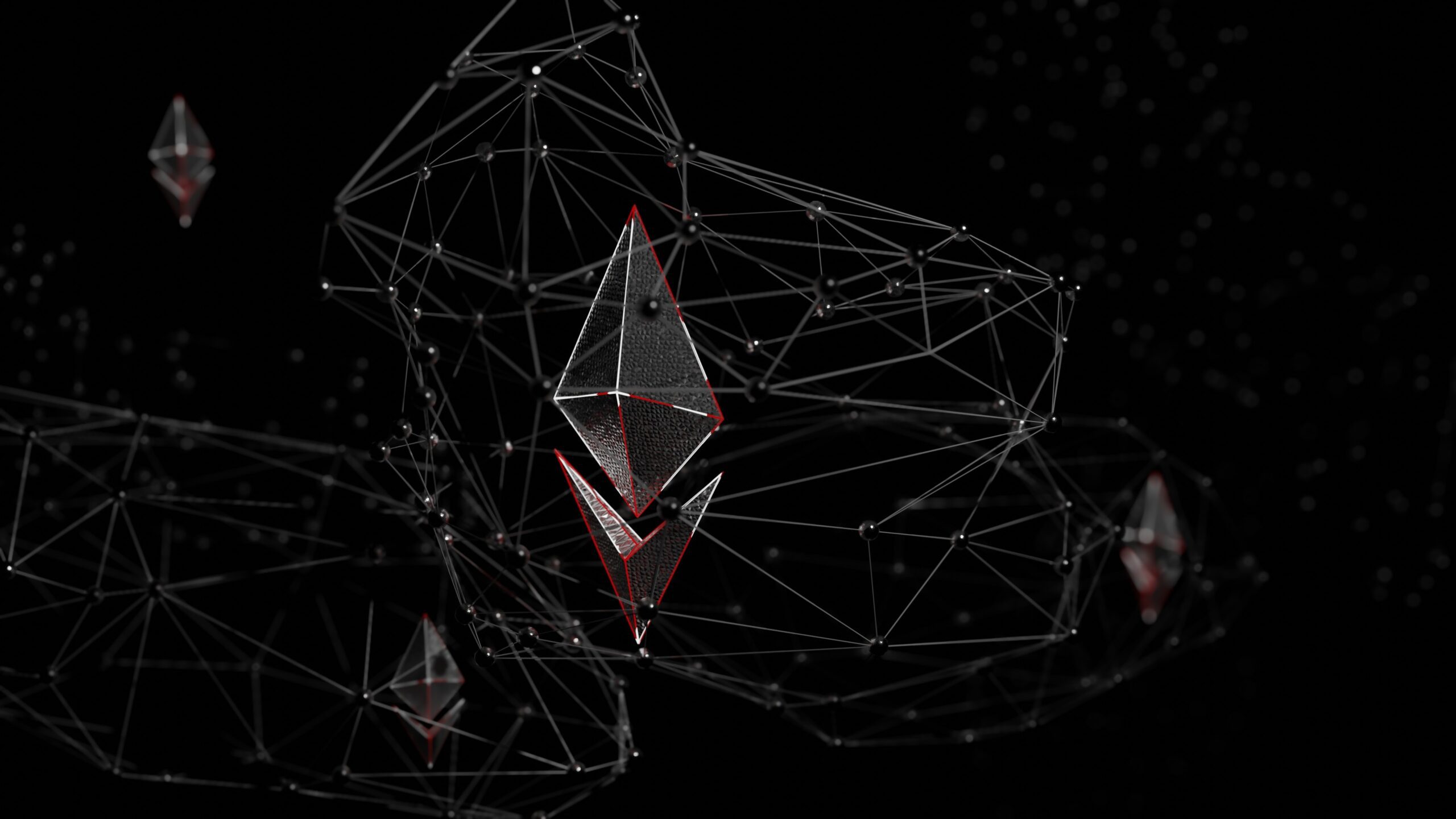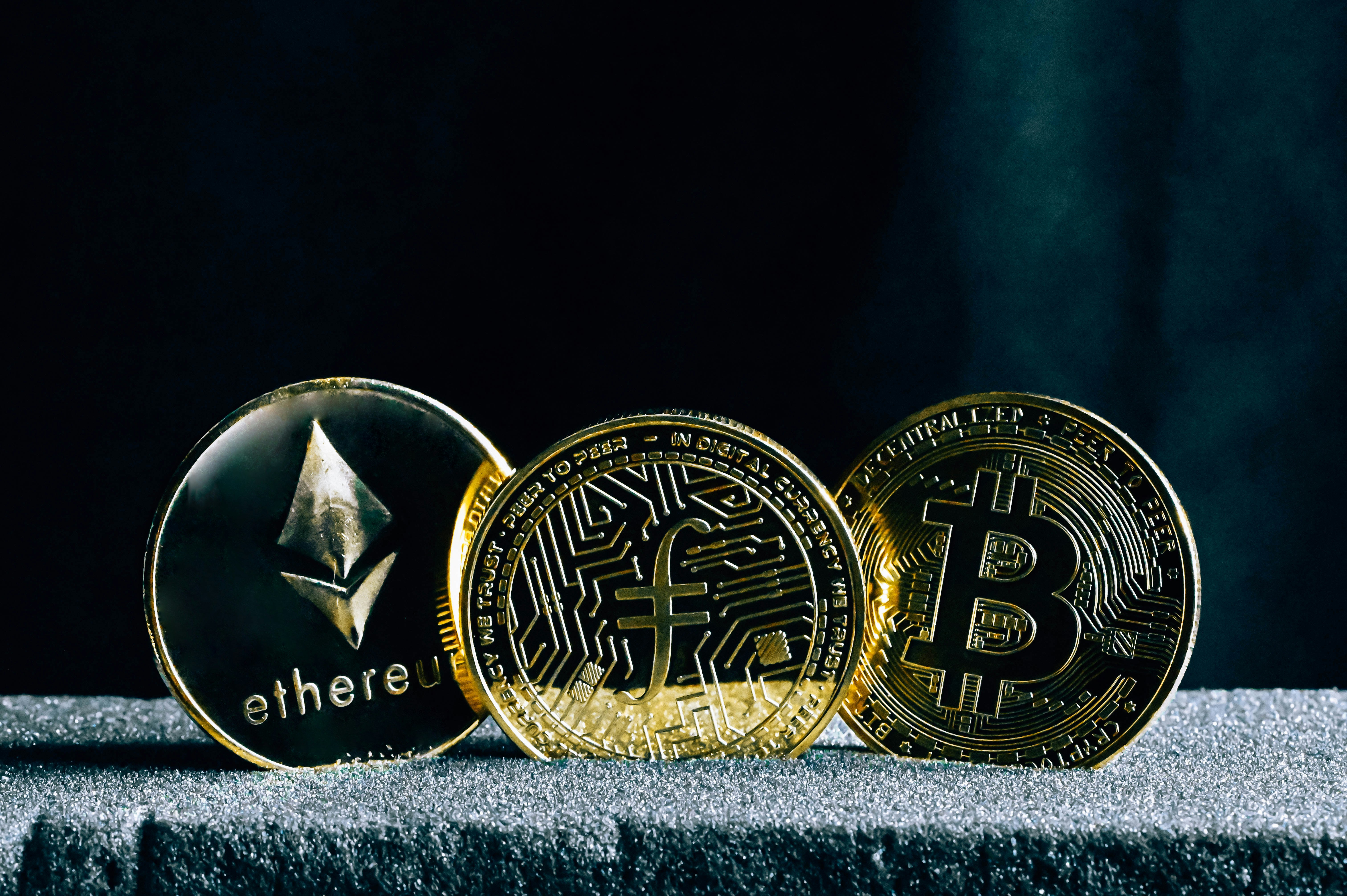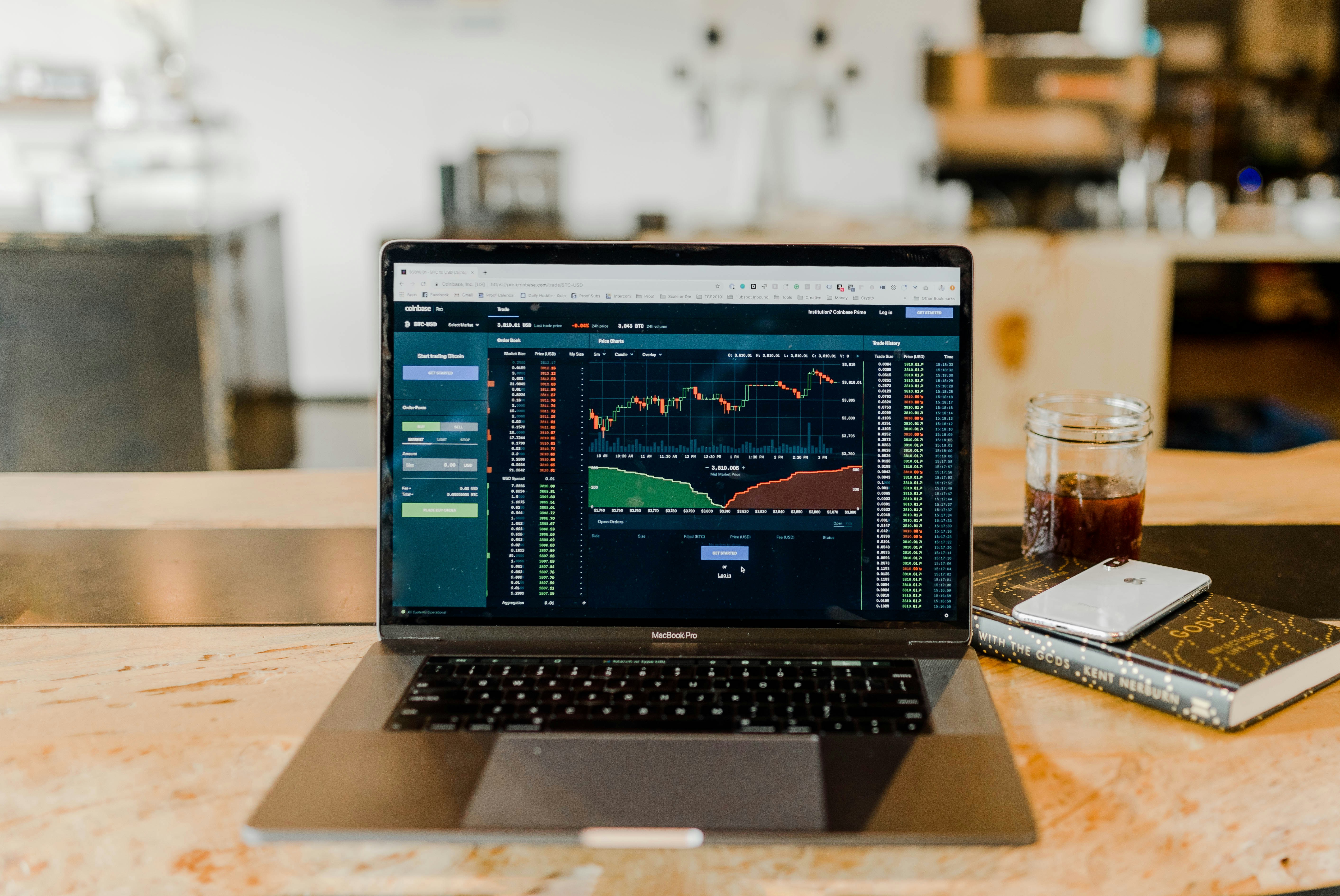You are about to embark on an exciting journey into the world of IOTA (MIOTA), a revolutionary cryptocurrency that is set to transform the way we conduct transactions and exchange data. From its unique approach to scalability and security, to its cutting-edge technology based on the tangle, IOTA offers a promising alternative to traditional blockchain systems. In this article, we will explore the key features of IOTA and delve into its potential applications in various industries. So buckle up and get ready to discover the future of digital currencies with IOTA (MIOTA).
Overview
What is IOTA?
IOTA is a unique cryptocurrency that is specifically designed for the Internet of Things (IoT) industry. Unlike other cryptocurrencies that utilize blockchain technology, IOTA utilizes a revolutionary technology called the Tangle. This innovative approach allows for feeless and instant transactions, making it ideal for the fast-paced and interconnected world of IoT.
What is MIOTA?
MIOTA refers to the smallest unit of the IOTA cryptocurrency. Just like Bitcoin has Satoshi and Ethereum has Wei, MIOTA is the base unit of IOTA. 1 MIOTA is equivalent to 1,000,000 IOTA. This unit is used to measure the value and quantity of IOTAs in circulation.
How is IOTA different from other cryptocurrencies?
IOTA sets itself apart from other cryptocurrencies in several ways. Firstly, it uses the Tangle technology instead of a traditional blockchain. This allows for greater scalability, as each transaction confirms two previous transactions, eliminating the need for miners and transaction fees. Additionally, IOTA is designed specifically for the IoT industry, making it a specialized cryptocurrency that caters to the unique requirements of this rapidly growing industry.
History
Founding of IOTA
IOTA was founded in 2015 by David Sønstebø, Sergey Ivancheglo, Dominik Schiener, and Dr. Serguei Popov. The team recognized the limitations of existing blockchain technology and saw the potential for a new decentralized platform that could support the scale and complexity of the IoT industry. With this vision in mind, they set out to create IOTA and its revolutionary Tangle technology.
ICO and early development
IOTA conducted its Initial Coin Offering (ICO) in November 2015, raising a significant amount of funding to support the development and growth of the project. The ICO was well-received by the cryptocurrency community, reflecting the high level of interest in a cryptocurrency specifically designed for the IoT industry. Following the ICO, the IOTA team focused on further developing the Tangle technology and expanding the use cases of the cryptocurrency.
Key milestones in the development of IOTA
Since its founding, IOTA has achieved several key milestones in its development. In 2016, IOTA launched its data marketplace, enabling data streams to be bought and sold using the IOTA cryptocurrency. In 2017, IOTA formed partnerships with major companies such as Bosch, Volkswagen, and Fujitsu, cementing its position as a leading cryptocurrency for the IoT industry. In 2020, IOTA released Qubic, a protocol layer that allows for smart contracts and decentralized applications (DApps) on top of the Tangle.

Technology
Tangle
The Tangle is the underlying technology behind IOTA and is responsible for its unique characteristics. Unlike blockchain technology, which consists of a linear chain of blocks, the Tangle is a directed acyclic graph (DAG). In the Tangle, each transaction confirms two previous transactions, creating a web of interconnected transactions. This structure enables IOTA to achieve high scalability and fast transaction confirmation times.
Scalability and feeless transactions
One of the main advantages of the Tangle technology is its scalability. As more transactions are made on the network, the Tangle becomes more efficient and faster. This is in contrast to traditional blockchains, where scalability issues can arise as the number of transactions increases. Additionally, IOTA transactions are feeless, meaning that users can transfer value without incurring any transaction fees. This makes IOTA especially attractive for micropayments and frequent transactions.
Smart contracts and decentralized applications (DApps)
With the release of Qubic, IOTA has expanded its capabilities to include smart contracts and decentralized applications (DApps) on top of the Tangle. This opens up a wide range of possibilities for developers to build innovative applications on the IOTA platform. Smart contracts allow for the execution of programmable agreements without the need for intermediaries, while DApps enable the creation of decentralized applications that can leverage the unique features of the Tangle.
Qubic and IoT integration
Qubic is a protocol layer introduced by IOTA that enables the execution of complex computations and off-chain data processing on the Tangle. This is particularly important for the IoT industry, as it allows for the integration of IoT devices with the IOTA network. With Qubic, IoT devices can securely interact with the Tangle, enabling secure data transfer, decentralized decision-making, and real-time data analysis.
Partnerships and collaborations
Partnerships with major companies
IOTA has formed strategic partnerships with major companies in various industries, highlighting the growing relevance and adoption of the IOTA technology. One notable partnership is with Bosch, a leading global supplier of technology and services. Bosch has integrated IOTA into its new connectivity and sensor solution for the IoT industry, enabling secure and decentralized data transfer. Other partners include Volkswagen, Fujitsu, and Taipei City, each utilizing IOTA to solve industry-specific challenges and drive innovation.
Collaborations with research institutions and organizations
In addition to partnerships with major companies, IOTA has actively collaborated with research institutions and organizations to further develop and advance its technology. Collaborations with institutions such as the University of Oslo and the UNOPS Innovation Hub have allowed for valuable insights and expertise to be shared, contributing to the continuous improvement of the IOTA ecosystem. These collaborations have also helped to drive adoption and create real-world use cases for IOTA.
Use Cases
Internet of Things (IoT)
IOTA is specifically designed for the IoT industry, making it an ideal cryptocurrency for various IoT-related use cases. From securely transferring data between devices to enabling microtransactions for the use of IoT services, IOTA provides a seamless and scalable solution for the interconnected world of IoT. By utilizing IOTA, IoT devices can securely interact with each other, exchange data, and leverage the power of decentralized decision-making processes.
Supply chain management
Supply chain management is an area where IOTA can make a significant impact. With the ability to securely track and trace goods and products, IOTA can provide transparency and accountability throughout the supply chain. By recording transactions on the Tangle, stakeholders can ensure the authenticity and provenance of goods, reducing the risk of counterfeiting and improving overall supply chain efficiency.
Digital identity and secure data transfer
Digital identity is a critical aspect of the online world, and IOTA offers solutions for secure and decentralized digital identity management. By leveraging the Tangle’s immutable ledger, IOTA enables individuals and organizations to have control over their digital identity, ensuring privacy and security. Furthermore, IOTA’s feeless transactions and low resource requirements make it an attractive option for secure data transfer.
Energy sector
The energy sector is another industry that can benefit from the integration of IOTA technology. IOTA’s scalability and feeless transactions make it an ideal solution for microtransactions between energy producers and consumers. With IOTA, renewable energy producers can easily sell excess energy to individual consumers, creating a decentralized energy marketplace. This can contribute to the development and adoption of sustainable energy practices.
Market Performance
Price history and market capitalization
Since its launch, IOTA has experienced both ups and downs in terms of price performance. The cryptocurrency reached its all-time high price in December 2017, with a market capitalization of over $14 billion. However, like many cryptocurrencies, IOTA’s price experienced a significant decline during the subsequent cryptocurrency market correction. As of [date], the price of IOTA stands at [current price], with a market capitalization of [current market cap].
Investor sentiment and community support
Despite the volatility in price, IOTA has garnered a strong and dedicated community of supporters. The IOTA Foundation, which oversees the development and promotion of IOTA, has actively engaged with the community and provided updates on the progress of the project. The community has shown a high level of interest and support for the technology, contributing to the growth and development of the IOTA ecosystem.
Challenges and Criticisms
Scalability concerns
While the Tangle technology offers high scalability compared to traditional blockchains, there are concerns about its ability to handle extremely high transaction volumes. As the number of transactions increases, there is a potential for congestion and slower confirmation times. However, the IOTA team is continuously working on optimizing the Tangle to address these concerns and ensure smooth operation even under high transaction loads.
Security issues and vulnerabilities
As with any cryptocurrency, security is a critical concern. While the Tangle technology offers unique security features, there have been past vulnerabilities and attacks on the IOTA network. These incidents have led to improvements and enhancements in the security protocols of IOTA, making it more robust and resilient. It is essential for the IOTA team to remain vigilant and proactive in addressing security issues to maintain trust and confidence in the technology.
Competition from other cryptocurrencies
IOTA faces competition from other cryptocurrencies that are also targeting the IoT industry. Projects such as Ethereum and IoT-specific cryptocurrencies like Waltonchain and VeChain have gained significant attention and adoption. While IOTA has established partnerships and a strong community, it needs to continually innovate and differentiate itself to remain competitive in the evolving landscape of the IoT industry.
Regulatory Environment
Government regulations and legal considerations
Cryptocurrencies operate in a complex regulatory environment, and IOTA is no exception. Governments around the world are working on establishing regulations and frameworks for the cryptocurrency industry. It is crucial for IOTA to stay compliant with these regulations to ensure the long-term success and sustainability of the project. By working closely with policymakers and regulatory bodies, IOTA can navigate the legal landscape and promote responsible and transparent adoption of its technology.
Compliance with KYC/AML regulations
Know Your Customer (KYC) and Anti-Money Laundering (AML) regulations are important considerations for cryptocurrency projects. These regulations require cryptocurrency platforms to verify the identities of their users and prevent money laundering activities. IOTA must establish robust KYC/AML procedures and ensure compliance with these regulations to maintain trust and integrity within the financial ecosystem.
Future Outlook
Upcoming developments and roadmap
IOTA has an ambitious roadmap for the future, with several exciting developments in the pipeline. The team is working on further enhancing the Tangle technology, improving scalability, and expanding the capabilities of smart contracts and DApps. Additionally, IOTA aims to establish more partnerships and collaborations, driving adoption and bringing real-world use cases to the IOTA ecosystem.
Integration with existing systems and adoption
Integration with existing systems is crucial for the widespread adoption of IOTA. The IOTA Foundation is actively working on partnerships with companies in various industries to facilitate seamless integration of IOTA technology into their existing infrastructures. By providing solutions that can easily integrate with legacy systems, IOTA can accelerate adoption and achieve mainstream acceptance.
Potential impact on industries
IOTA has the potential to revolutionize several industries, including IoT, supply chain management, digital identity, and energy. By providing a scalable, feeless, and secure platform for value and data transfer, IOTA can unlock new possibilities and drive innovation in these industries. The decentralized nature of IOTA also promotes transparency, efficiency, and trust, addressing key challenges faced by traditional systems and enabling new business models and opportunities.
Conclusion
In conclusion, IOTA is a unique cryptocurrency that offers a specialized solution for the IoT industry. With its Tangle technology, feeless transactions, and focus on scalability, IOTA has positioned itself as a leading cryptocurrency for the interconnected world of IoT. While facing challenges such as scalability concerns and competition from other cryptocurrencies, IOTA has demonstrated its potential through strategic partnerships and collaborations. With ongoing developments and a strong community of supporters, IOTA has a bright future ahead as it continues to innovate and shape the future of the IoT industry.


